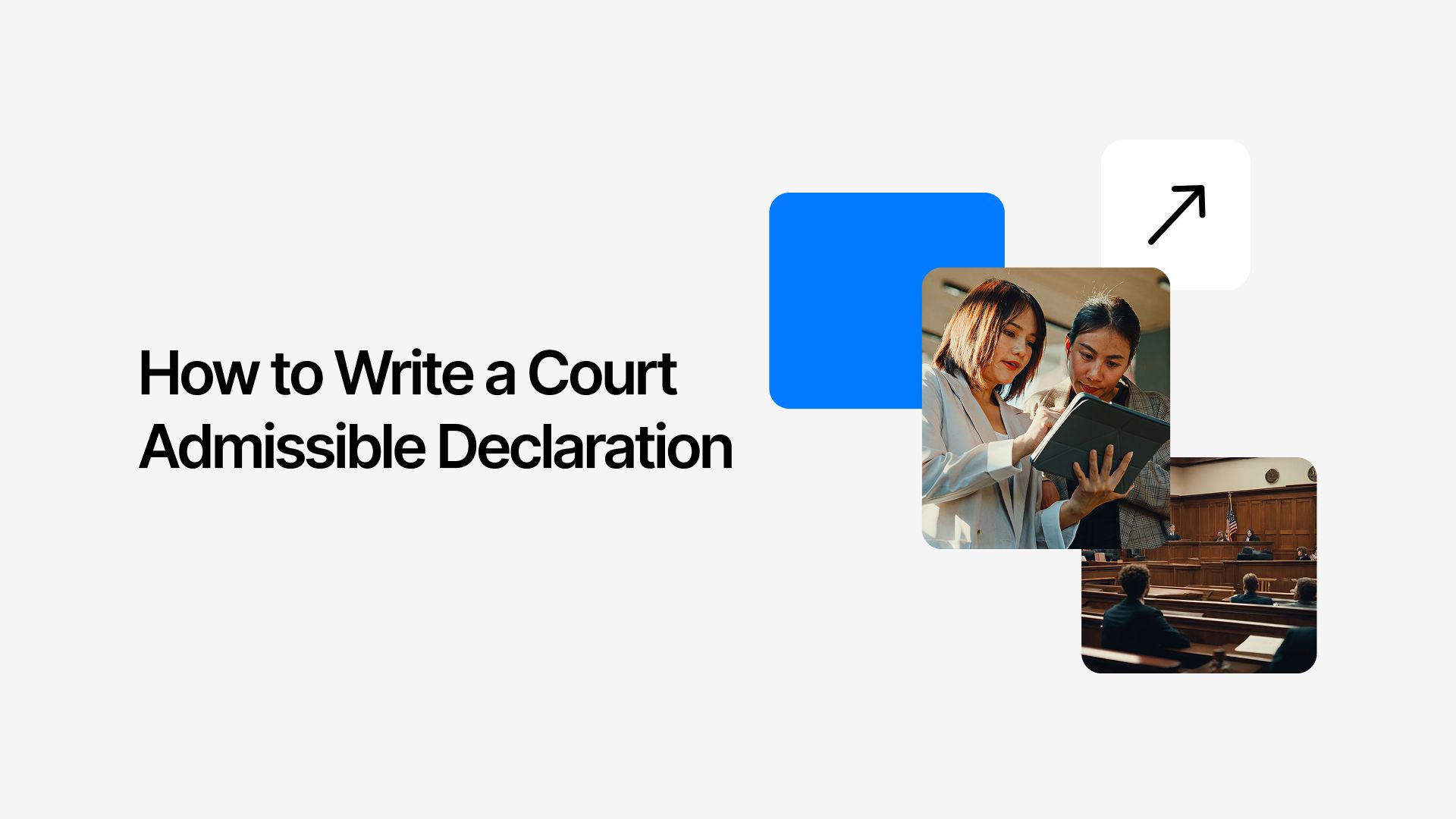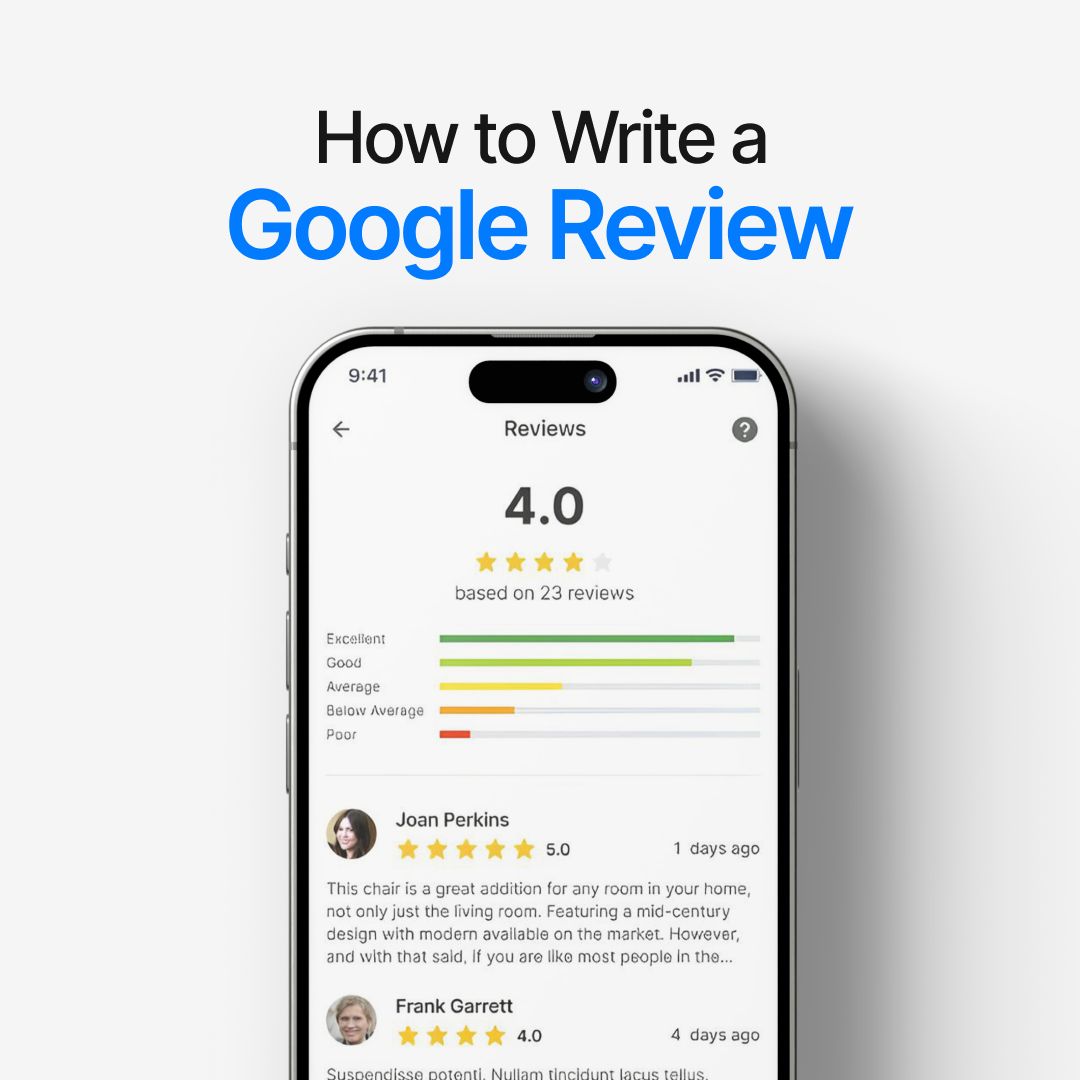
How to Write a Court Admissible Declaration
A court admissible declaration is a written statement of facts that carries legal weight in court. Judges use it to understand what happened, and attorneys rely on it to support motions or defend positions. Unlike casual letters, this document must follow strict structure and legal standards.
Declarations often appear in family law cases, civil disputes, workplace claims, or contract matters. What makes them powerful is that they replace live testimony in many situations, giving courts a clear record of facts without needing a witness present.
Because of this, accuracy, format, and the right wording matter as much as the facts themselves.
Writing one is not just about putting words on paper. It is about presenting information in a way that the court accepts as valid. Following a step-by-step approach ensures the declaration gets filed without delays and actually strengthens the case.
Step 1: Identify the Purpose of the Declaration
Every declaration has a reason. Courts want documents that directly support a legal issue, not general statements. That is why the first step is identifying the purpose clearly.
Ask yourself: Why am I writing this declaration? Maybe you are confirming details of an incident, supporting a claim with your firsthand account, or submitting background facts for a judge to consider. Once the purpose is clear, you can cut out irrelevant details that make the document weaker.
By narrowing down the purpose at the start, the rest of the declaration becomes easier to write. Every paragraph can then tie back to the main legal issue, making it stronger and more persuasive in court.
Step 2: Gather and Organize Facts
Courts do not want opinions. They want facts. Before you start writing, gather everything you will need – dates, times, names, and documents that confirm events. Organize these details in a timeline so they flow naturally.
Separate facts from assumptions. Writing “I believe the contract was broken” is weaker than “On May 12, 2024, the signed contract was not delivered as agreed.” Judges trust specific details, not personal guesses.
Evidence should back up the facts you include. Copies of receipts, emails, or signed contracts make your declaration stronger. If there is no proof, stick only to what you directly saw, heard, or experienced.
Think of this step as building a clean folder. When everything is in order, writing the declaration becomes straightforward and professional.
Step 3: Use the Correct Court Heading and Case Information
Declarations must look official. That means following the format your court requires. Start with the court’s name at the top of the page, add the case number, and include the full names of the parties involved.
Each court has its own rules. Some require declarations to be set up like legal pleadings, with margins, spacing, and a caption box. Check your court’s local website or ask the clerk for templates.
Getting this step wrong delays your filing. If the declaration lacks the proper heading, it might not even be read. Accuracy here is not optional – it is the first sign to the judge that you are serious about the process.
Step 4: Write a Clear Title and Introduction Statement
Every declaration starts with a title. Keep it formal and precise. Common examples include: “Declaration of John Smith in Support of Motion” or “Declaration of Jane Doe Regarding Custody.” A strong title tells the court exactly what the document is about.
After the title, write an introduction. Begin with your full name and your role in the case. Example: “I, John Smith, declare as follows.” Then explain that the information is based on your personal knowledge and that it is true to the best of your understanding.
This short opening sets the stage. It identifies who you are and why the court should consider your statement. Without it, the declaration feels incomplete and may be questioned for credibility.
Step 5: Write Facts in Numbered Paragraphs
The body of your declaration should present facts, not arguments. The clearest way to do this is by using numbered paragraphs. Each paragraph covers one fact or event. This makes the document easy for judges and attorneys to reference.
Use first person: “I was present at the meeting on June 2, 2024” is stronger than “It was reported that John attended a meeting.” Stick to what you saw, heard, or did directly.
Avoid combining multiple ideas in a single paragraph. Instead of a long block of text, keep each fact short and direct. Numbering also prevents confusion when the court cites your statement during hearings.
Numbered facts bring structure, clarity, and authority to your declaration. Courts expect this format, and following it makes your document more professional.
Step 6: Attach Supporting Evidence if Needed
Facts gain weight when backed by proof. Courts often expect declarations to reference supporting evidence, also called exhibits. These can be contracts, photographs, receipts, emails, or any document that confirms what you wrote.
Label each exhibit clearly – Exhibit A, Exhibit B, Exhibit C. In the declaration text, refer to them directly. Example: “Attached as Exhibit A is a true and correct copy of the signed contract dated March 3, 2023.”
Always attach copies, not originals. Keep the originals safe in case the court requests them later. Make sure every exhibit is easy to read and complete. A blurry scan or partial page can hurt credibility instead of helping it.
Step 7: Include a Statement of Truth Under Penalty of Perjury
A declaration is only valid when you state that it is true under penalty of perjury. This line tells the court you stand by every fact you included.
Standard wording often looks like this:
“I declare under penalty of perjury under the laws of the State of [Name] that the foregoing is true and correct.”
Place this statement just above your signature line. Without it, the declaration might not be admissible. Courts rely on this clause because it carries legal consequences if the information is false.
This single sentence gives your declaration legal force. It transforms a written account into sworn testimony on paper.
Step 8: Sign and Date the Declaration Properly
A declaration without a signature is meaningless in court. After writing and adding the statement of truth, sign the document clearly. Use ink for paper filings or an approved digital signature method if submitting electronically.
Always include the date you sign. Courts need to know when the declaration was finalized. An undated or unsigned declaration is not admissible, even if the content is strong.
If you are submitting multiple declarations, check that each one is signed and dated. Small details like this can decide whether the court accepts your document.
Step 9: Review for Accuracy and Compliance
The final step before filing is a careful review. Read every line and check that names, dates, and facts are accurate. Typos or wrong details can weaken your credibility in front of the judge.
Confirm that the format matches your court’s requirements. Some courts want specific margins, spacing, or caption styles. Others require exhibits to be listed in an index. Missing these details could cause delays or rejection.
If you are unsure about language or format, have an attorney review the draft. A quick check ensures the declaration is both accurate and admissible. Accuracy and compliance are not optional – they are what make the declaration trustworthy in court.
Additional Best Practices for Creating a Court Admissible Declaration
Writing a court admissible declaration is not just about format. Tone and clarity matter as well. Follow these best practices:
-
Keep sentences short and direct.
-
Avoid emotional or argumentative language.
-
Do not include speculation or assumptions.
-
Stick to facts you know or experienced directly.
-
Proofread carefully before submission.
Simple, factual writing makes the declaration stronger and easier for courts to trust.
How to Use Chatly to Draft Court Declarations
Writing a court declaration is intimidating, especially when every word matters. Chatly can help reduce that pressure by giving you a starting point that already looks structured and professional. It doesn’t replace legal advice, but it makes the writing process faster and cleaner.
Ways Chatly adds value to declarations
-
Structured drafting – Provide case details, facts, and dates, and Chatly AI Chat organizes them into numbered paragraphs so the document is court-friendly from the start.
-
Tone control – Switch from casual to formal language instantly, ensuring your declaration reads serious and professional.
-
Exhibit references – Chatly AI Search can find and suggest where to insert exhibit callouts (like Exhibit A or Exhibit B), saving time during review.
-
Reusable templates – Once you create one strong declaration, you can save the structure in Chatly and adapt it for future filings.
Instead of struggling with blank pages, you can focus on accuracy and evidence while Chatly shapes the flow and gives you the direction to move fast. That balance – human oversight with AI structure – creates declarations that are clear, consistent, and ready for attorney review or court submission.
Conclusion
A declaration is a legal document, not casual writing. Courts rely on it to make decisions, so every detail matters.
By following the steps – defining purpose, organizing facts, formatting correctly, numbering paragraphs, attaching exhibits, adding the penalty of perjury statement, signing, and reviewing – you create a document that holds up in court.
Precision and professionalism give the declaration weight. With clarity and structure, your words become legally powerful evidence.
Disclaimer: This article is for informational purposes only and does not constitute legal advice. Court rules and requirements vary by jurisdiction. Always check your local court’s guidelines or consult with a qualified attorney before preparing or submitting a court declaration.
Suggested Reads
Frequently Asked Questions
Court admissable declarations are not easy to write, so here are a few questions that may help you better.
More topics you may like

How to Write a Google Review That is Helpful and Feels Unbiased

Muhammad Bin Habib

How to Write a Great Memoir: How to Start & Finish Your First Draft

Muhammad Bin Habib

How to Write a Journalism Lead That Hooks Readers Instantly

Muhammad Bin Habib

How to Write a Journalistic Article: Definition, Types, Structure and More

Muhammad Bin Habib

How to Write AI Art Prompts: A Complete Guide

Muhammad Bin Habib
